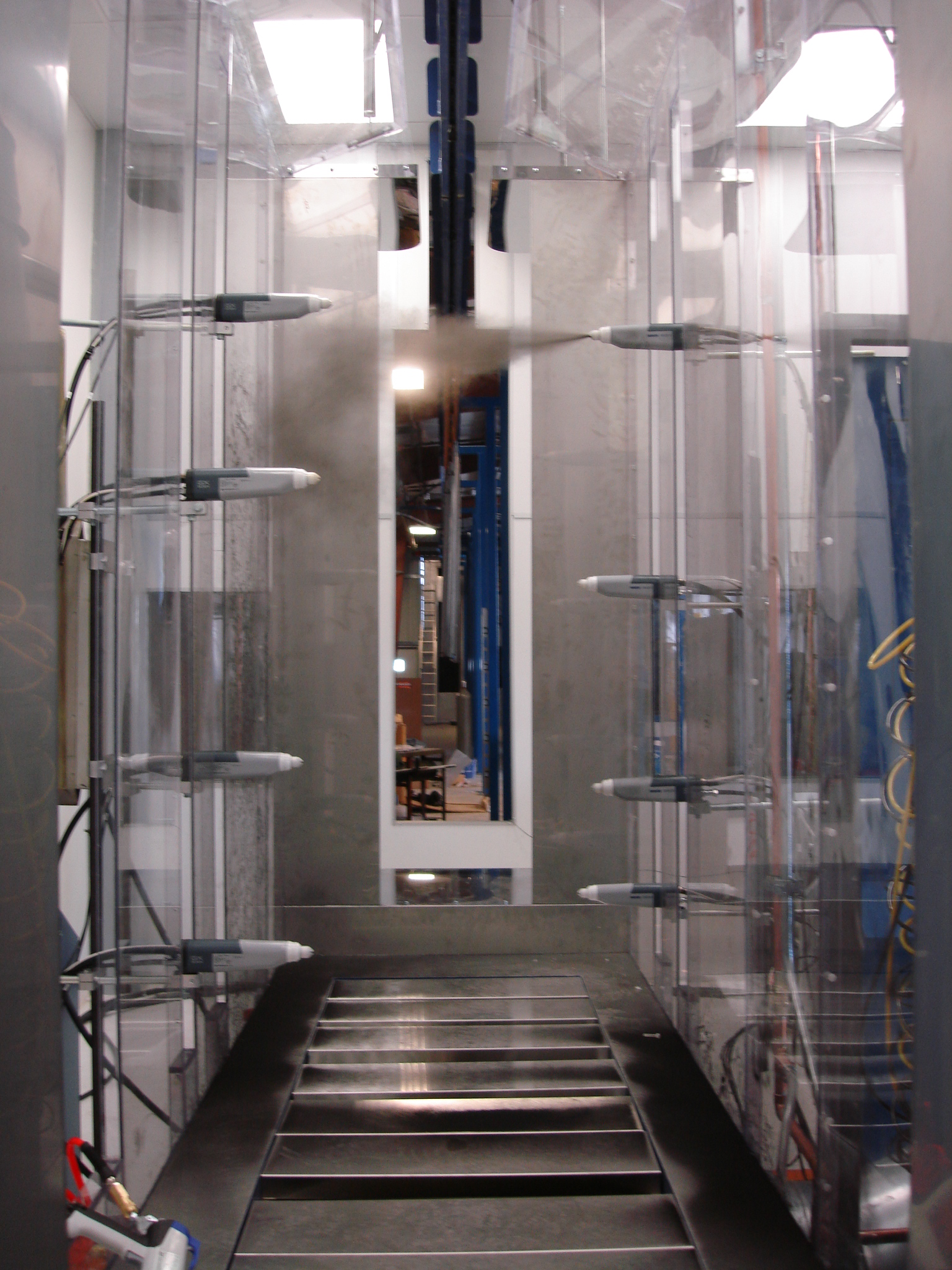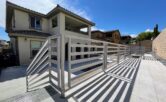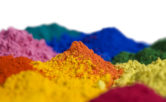
Understanding the Basics of Powder Coating for Metal Products
Whether you’re manufacturing furniture or fabricating machine parts, metal is one of the most versatile substances in existence. Metal is both durable and high-strength, making it a great choice for a wide range of products. However, despite its resiliency, metal can still experience wear and tear over time, and may be subject to corrosion and other forms of damage. It is for this reason that many manufacturers choose to treat their metal products with powder coating.
Powder coating has a variety of uses and can be a great option for extending the longevity of your metal materials. Here is some information to help you understand powder coating basics, and advice for scheduling this service from a dependable source.
How Powder Coating Works
Essentially, powder coating is an alternative to traditional painting. A powder coat can be laid down in a variety of colors, and starts its life as a dry powder. Typically, a dry powder coat is applied to a metal surface using a corona gun, which is a high-tech spray nozzle that gives the powder a negative charge that allows it to adhere to the metal surface. While dipping and magnetic brushes are sometimes used, a nozzle spray is the preferred application method.
After the dry powder coat has been applied, your metal product will be placed in an oven and subjected to high-heat. This allows the powder to melt and bond, creating a uniform layer that both looks great and improves the functionality of your equipment.
Other Important Steps
Besides applying and heating the dry powder, there are several other crucial steps that manufacturers use during the powder coating process. Skipping any of these steps may impact the quality of your coat and the longevity of your metal products.
For instance, before applying the dry powder coat, it’s important to pre-treat your metal product with a high-alkaline solution. This both helps the dry powder to stick to your products and removes items like dirt and grease that can affect the integrity of your coat. Depending on the product you are coating, you may also need to abrade the surface before applying the dry powder.
Why Powder Coating?
Now that you know a few powder coating basics, it’s a good idea to learn about the benefits of this process.
First and foremost, powder coating improves the durability of your metal equipment. The pigments in powder coating are resistant to a variety of damaging substances, including solvents and chemicals, and can provide advanced protection to your metal materials. Second, powder coating can be laid in a variety of colors and styles, giving your metal products an attractive appearance you cannot achieve with traditional paint.
Help with Powder Coating Basics
Powder coating is a great choice if you want to improve the quality of your metal products, adding an extra layer of durability and increasing the overall attractiveness. If you have questions about powder coating basics, or want to schedule powder coating for your products, you need to work with the professionals at AR Powder Coating.
Our team understands the ins and outs of powder coating, and can quickly and effectively coat your important metal products. Contact us today to learn more about our services and to schedule an appointment.




